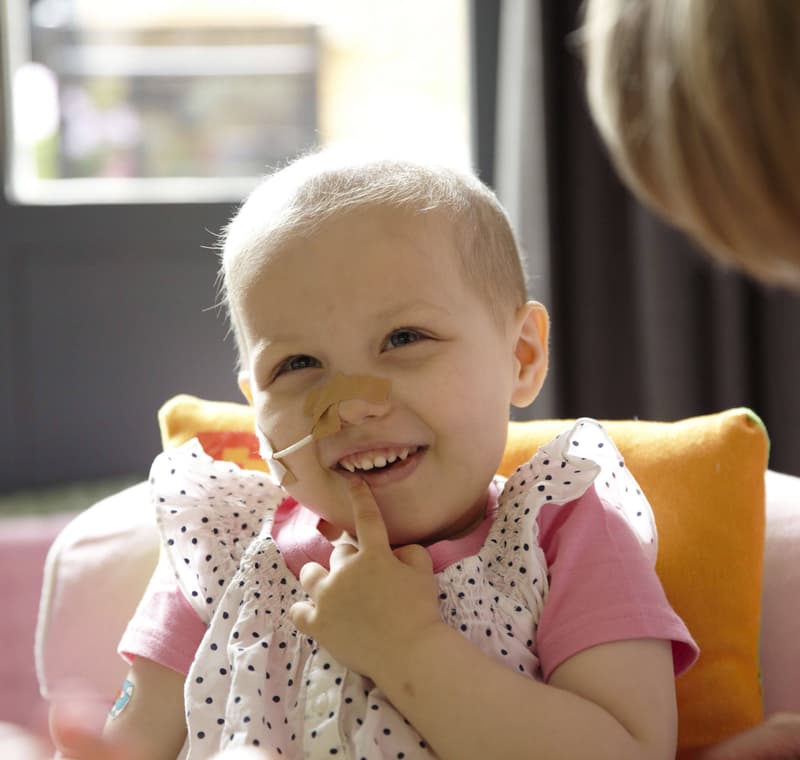Promising breakthroughs in research into neuroblastoma in children
Neuroblastoma is the most common form of cancer in children under the age of 4. Approximately half of patients develop high-risk neuroblastoma, with a 5-year survival rate of around 50%. Reggeborgh Foundation and Villa Joep have been supporting researchers at the Princess Máxima Centre and Amsterdam UMC for many years, enabling them to work on improving the diagnosis and treatment of neuroblastoma. Over the past eight years, their research has focused on measuring certain substances in urine, studying the energy metabolism of tumour cells and developing new therapies.

Promising breakthroughs
Thanks to their years of dedication, the researchers have now achieved promising breakthroughs. What exactly has the research yielded?
- A simpler urine test replaces the lengthy 24-hour collection
Previously, (very young) children had to collect urine for 24 hours for a test. This was cumbersome and stressful for children and parents. The research shows that a single urine sample is just as reliable. In addition, a complicated diet beforehand is no longer necessary. This makes the test much easier for children and parents.
- A “3MT signature” helps to identify aggressive tumours more quickly
The research shows that high levels of the substance 3-methoxytyramine (3MT) in urine are associated with a poorer prognosis. The researchers have developed a special “3MT signature”. This enables doctors to identify aggressive tumours more quickly and adjust treatment in a timely manner.
- More insight into chances of recovery and treatment strategy
By measuring certain substances in the urine – known as catecholamine levels – at several points during treatment, doctors can predict which children are at greater risk of tumour recurrence. Children whose levels remain low have a better chance of recovery. This helps doctors to tailor treatment more effectively.
These discoveries contribute to a greater chance of recovery and a better quality of life for children with this serious disease.

In addition, it has been discovered that neuroblastoma cells use different nutrients to grow. Researchers are now testing treatments in the laboratory that remove these nutrients, which could lead to more targeted therapies. The ultimate goal is to provide tailor-made treatment for each patient.
These discoveries enable doctors to better recognise and treat neuroblastoma. This means a greater chance of recovery and a better quality of life for children with this serious disease.
Results we are proud of! 💚🍀
Fotocredit: Villa Joep
